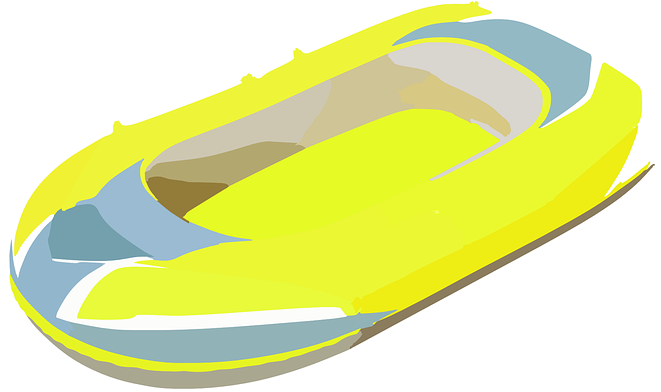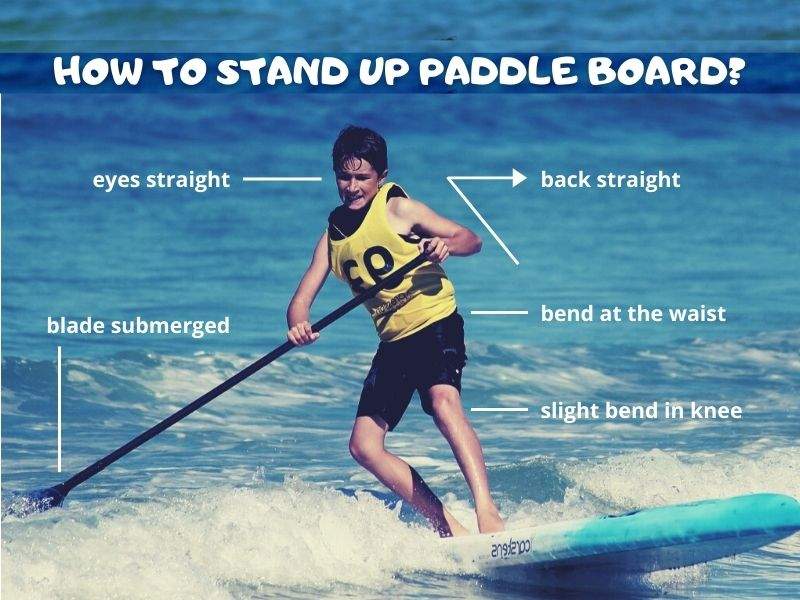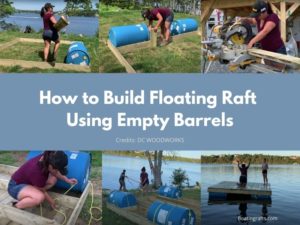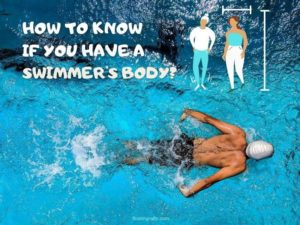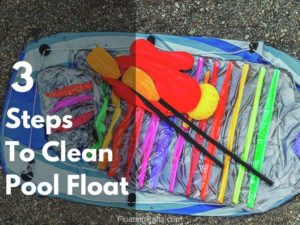Summers are the perfect time to hit the beach. Nothing can be better than getting a glistering tan and washing off all your worries in the ocean. However, if you are not a big fan of swimming or floating, you can always get a stand up paddle board to enjoy the ocean. In recent years, paddle boarding has been successful in catching the attention of the masses as it enables people to enjoy the water bodies a bit distinctively as compared to that of the conventional ways. Even if there is not any ocean nearby, all you need to do is find the nearest water body whether it is a lake, river or bay to get on with your stand up paddle board.
Other than being a fun activity, a stand up paddle board is a perfect full body core workout that can help you in achieving your fitness goals while you can enjoy the scenic beauty of outdoors. The activity is appropriate for all ages as well as body types, the only aspect that you need to look out for is the fact that you are able to acquire the right technique and skills needed in order to ride a stand up, paddle board. If you have mastered the skills of riding a stand up paddle board, there is enough room for you to ride it along with your beloved pet or even your significant other.
Before you learn how to paddle, it is highly advocated that you must familiarize yourself with the types of standard boards and basic techniques.
Without any further ado, read on to dive into the details.
Types of Stand up paddle boards
There are different shapes and sizes of stand up paddle boards for you to choose from. The usual length of a paddle board mostly ranges from 8 to 12 feet in length, 28 to 32 inches wide, and 4 to 5 inches in thickness. The following is a list of some prominent stand up paddle boards, read on to know more.
- Hard Paddle Board
The hard paddle board is the preferred choice of the masses and is also referred to as epoxy paddle board. The EPS foam core is wrapped around fibreglass with a number of fins. The fins play a significant role in helping the board to track in the water. Whether it is the calm lakes or the wavy oceans, hard paddle boards work just fine for both cases.
- Inflatable Paddle Board
These paddle boards were introduced back in 2014 and instantly became the talk of the town. The inflatable paddle board offers different advantages over the regular hard paddle board which is the primary reason for its ever-growing popularity. These boards occupy less space as they can be rolled up like a sleeping bag.
- All-around paddles
These are the most commonly stand up paddle boards as these are durable and probably the best choice for beginners. They present you with better stability making it easier for you to ride.
How To Stand Up Paddle Board – Tips and Techniques
Paddle boarding can be explained as offshore surfing in layman terms. Just like any other sport activity, if you know the right technique, paddle boarding can be a lot of fun. The following is a list of pointers consisting of the top tips that if implemented can prove to be very helpful in guiding you to ride a paddle board like a pro. Without any further ado, read on to plunge into the details.
1. Choose the right board
Selecting the right gear is just as important as refining your skin and learning the right technique. Your stand up paddle board is all you have when you are out in the water. Hence, it is highly advocated that you choose the best of the lot. Just as we discussed the different types of stand up paddle boards, it is highly advocated that you meticulously choose the board that can offer you more stability compared to that of the others. If you are new to paddled boarding, you should start with an all-around stand up paddle board and then work your way up. The most essential aspect that one needs to take care of while choosing a stand up board is the width of the paddle board.
A wider board will offer you more stability and make it easier for you to stand even when the water is not calm and as you go along you can work with a smaller board if you feel confident enough. Other than that, you must also consider the length of the board, select the one that is appropriate to your height, this will prevent you from bending every now and then to get a grip. However, if you are looking for an upgrade on your current stand up paddle board, you can go for the touring stand up paddle board, it can offer you speed and make it easier for you to cruise further.
2. Make use of a Leash
Whenever you are planning to get engaged in a water sports activity, your primary concern should be safety. Your board is your life saviour when in water. In case you feel that you are losing track of what direction you are heading towards or just too tired to move forward, having the board tethered to yourself will prove to be a significant help. Hence, make sure to tether yourself to the paddle board before stepping into the water so you do not just end up falling off the board even when faced with water currents. There are numerous types of leashes for you to choose from.
Depending upon the nature of the leash, you can select between straight or coil. Other than this, whether you want to attach the leash on your ankle or calf, you can choose an appropriate leash with the attachment point of your own preference. Just make sure the leash you are opting for is reliable as many times when faced with large waves or heavy currents, the leashes of inferior quality end up breaking into two halves but you must also be able to detach yourself in a jiffy if the situation requires you to.
3. Keep a check on the direction of the wind
In order to ride a stand up paddle board much more efficiently, it is essential for you to understand that when you are standing on the board, your body will be acting as a sail, thus, it is up to you to keep a check on the direction of the wind to help you ride better., Strong winds will steer you in every which way making it almost impossible for you to paddle and move forward in the direction you want to. Hence, to make the ride easier to you have a sense of the wind directions and do not act against them. It is highly advocated that you check the water conditions and take a sneak peek on the weather forecast report even before you step into the waters with your paddle board along.
However, if you have been paddling for a long time, it can be anticipated that you have practised enough to not be bothered by that of the waves and strong winds. Most importantly, if you observe a sudden shift in the direction of the waves while you are on your board, it is suggested that you should lie low on the board with your face forward and belly touching the paddle board and use your arms in a circular motion to move forward just like you would with a regular surfboard.
4. Paddle with your core
Most of the beginners end up committing the mistake of overusing their arms while paddling, however, you do not ride a stand up paddle board with your arms but your core. Your arm muscles can never be successful in providing as much power that your core muscles can offer. As a result, the whole experience will turn out to be tiresome and you will end up feeling exhausted in a short span of time.
Contrary to this, if you engage your core more than your arm muscles, you will be able to paddle with much more efficiency and balance. This also reduces the chances of you falling off the board. The additional benefit of using your core to ride the stand up paddle board is that it can act as a low-impact workout which will enhance your core strength and present you with more muscle definition particularly in the midsection.
5. Maintain your posture
It can be even difficult for a beginner to keep his or her head straight while paddling, maintaining your posture is a different concept altogether. That being said, a good posture is of utmost importance. It is quite natural for you to look down in order to keep a check on your balance but keeping your head up and standing straight will offer you with maximum stability and make it easy for you to paddle.
Interesting in floats and rafts, visit floating rafts
